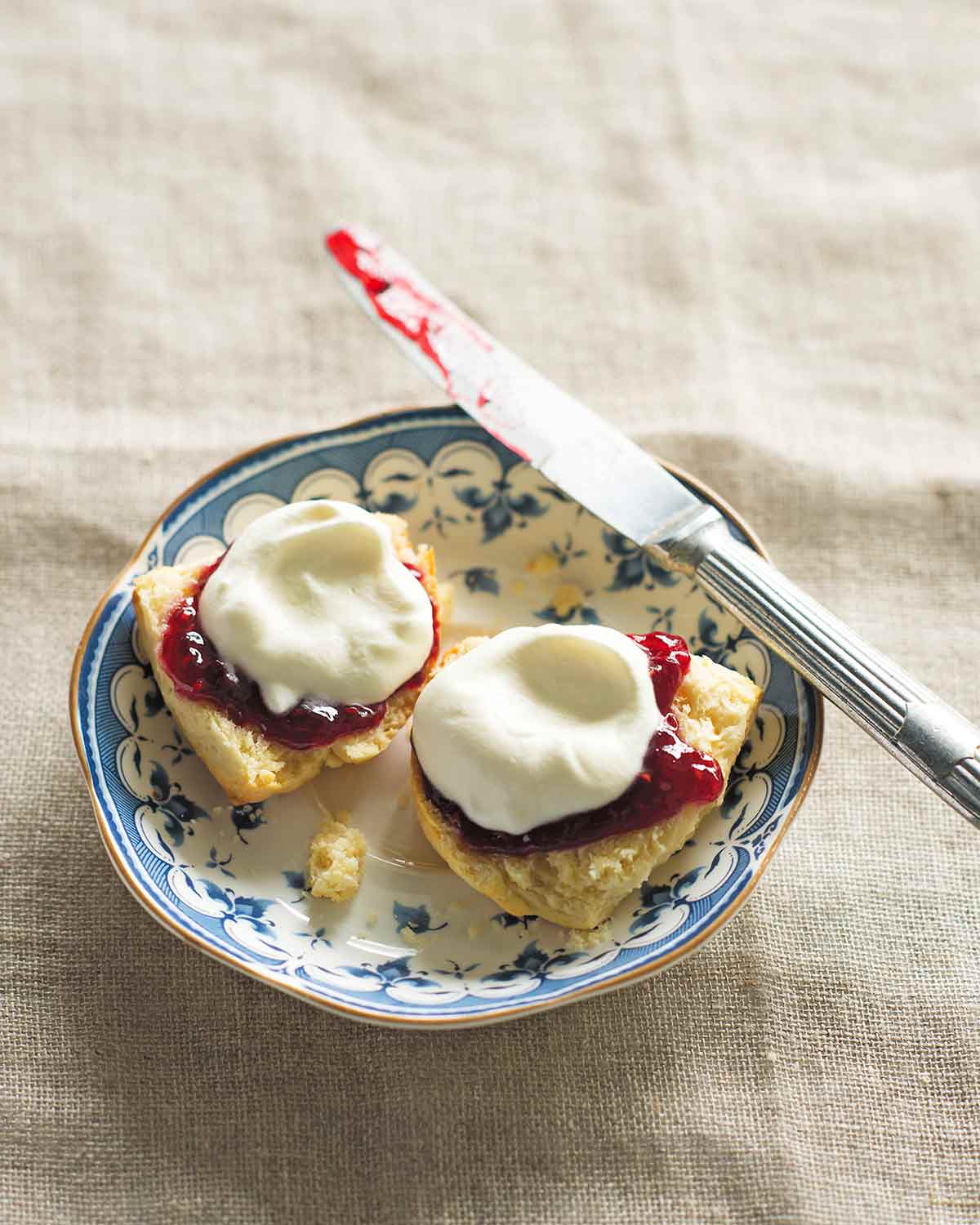
I have vivid memories of baking batches of scones at shearing time. I would bundle them together in a tea towel to keep them warm and take them up to the shearing shed where they would be devoured at ‘smoko’. Nowadays, scones are what I whip up if time is short–they’re simple, fast and everyone loves them. If you want to incorporate other fillings in your scones, see the variations below the recipe or try this cranberry scones recipe.–Anneka Manning
WHAT IS THE RUBBING-IN METHOD IN BAKING?
The rubbing-in method is used for making scones, shortcrust pastry, and some biscuits and slices. Butter is ‘rubbed’ into flour (and sometimes other dry ingredients) with your fingertips until it is crumbly and the butter is evenly distributed (see Step 3 of this recipe).
Wet ingredients are then stirred through and the mixture forms a dough. Be sure to use your fingertips only. The palms of your hands are warmer and will melt the butter, rather than just incorporating it, giving your dough a heavy texture.
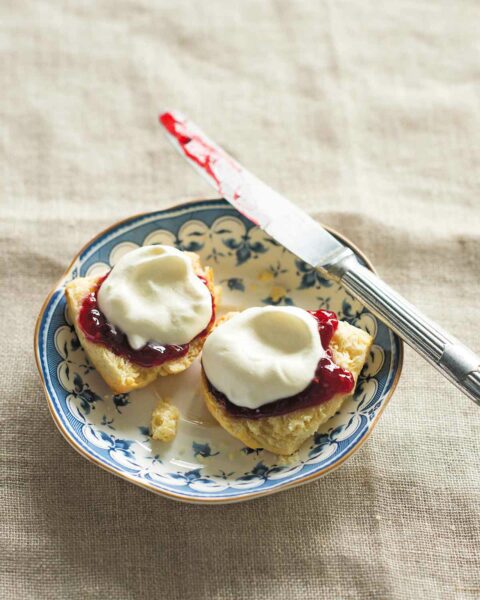
Cream Scones
Ingredients
- Melted unsalted butter, for the baking sheet
- 2 cups (10 1/2 oz) self-rising flour, plus extra for dusting
- Pinch of salt
- 1/2 stick (2 oz) unsalted butter, cubed, softened slightly
- 2 tablespoons superfine sugar (or granulated sugar blitzed in a food processor until finely ground)
- 1/3 cup whole milk
- 1/2 cup light cream, plus extra to glaze
- 1 teaspoon vanilla extract
- Berry jam and whipped cream, to serve
Instructions
- Preheat oven to 425°F (220°C) with a rack set in the middle position.
- Lightly coat a rimmed baking sheet with melted butter. Lightly dust with flour and shake off any excess.
- In a large bowl, sift flour and salt together. With your palms facing upwards, use your fingertips to rub in the butter until the mixture resembles fine breadcrumbs and the butter is evenly incorporated. Stir in the sugar and make a well in the center.
- In a medium bowl, combine milk, cream, and vanilla. Add milk mixture to flour mixture and use a round-ended knife to mix with a cutting action until the dough comes together in clumps.
- Use lightly floured hands to bring the dough together–it will be soft, but not sticky. Place on a lightly floured surface and knead lightly and briefly (only about six times) to bring it together in a ball.
- Using the palm of your hand, flatten dough into a 6-inch (15 cm) square about 3/4-inch (2 cm) thick. Flour a knife and cut dough into 9 portions, place them on the prepared baking sheet, about 3/4-inch (2 cm) apart.
- Using a pastry brush, lightly brush the top of each scone with a little extra cream. Dust with a little extra flour.
- Bake until scones are lightly golden and cooked through, 13 to 15 minutes. They're ready if they sound hollow when you tap them on the base.
- Serve warm or at room temperature, split and topped with jam and cream. These scones are best eaten the day they are made.
Notes
Variations
Sultana Scones Add 3 1/2 oz (100 g) sultanas (golden raisins) with the sugar in Step 3. Cinnamon & Date Scones Add 1 teaspoon ground cinnamon with the flour and salt, and add 3 1/2 oz (100 g) chopped pitted fresh or dried dates with the sugar in Step 3. Cheese Scones Add 1/4 cup (1 oz / 25 g) finely grated parmesan cheese and 1/2 cup (1 3/4 oz, 50 g) finely shredded, sharp cheddar cheese to the flour mixture, after rubbing in the butter. Omit the sugar and vanilla, and add the milk and cream as directed. Sprinkle with 1/4 cup (1 oz / 25 g) extra finely shredded sharp cheddar cheese after brushing the tops of the scones with cream. Serve split and spread with butter.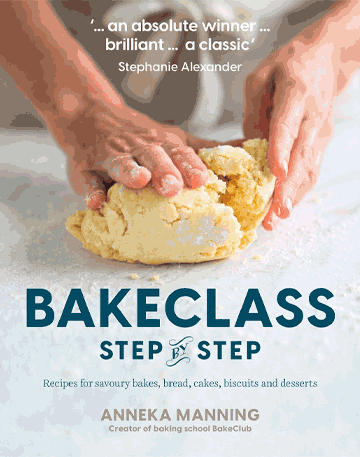
Nutrition
Nutrition information is automatically calculated, so should only be used as an approximation.
Recipe Testers’ Reviews
This cream scone recipe is simple, clear, and super quick to make. They’re a great base for jam, whipped cream, butter, or probably anything else. Soft and tender but sturdy enough, flavorful but not going to outshine any toppings. Plus, this is the kind of recipe that I can decide I want, make, and eat all within the same hour, which I appreciate!
Although the recipe notes that they are best eaten the day they are made, I can confidently say that they are still good a couple of days later. I stored them in a container on the counter and just popped them in the oven for a few minutes to warm up before serving.
I have been looking for a particular cream scone recipe since a trip to Ireland 9 years ago. The scone to end all scones was found in, of all places, a gas station/grocery in Killorglin. People lined up in the morning waiting for the bakery to put the scones out. This recipe comes close. The texture of this is just a bit more crumbly, almost necessitating a fork to eat.
I served these with softened butter and Bonne Maman 4 fruits preserves. My husband, who really doesn’t care about bread, ate two.
Cream scones are always the perfect baked goods–they take very little time to make and are incredibly delicious when paired with the right ingredients. This recipe is simple, uncomplicated, and only requires basic pantry ingredients. When served with some homemade strawberry jam and lightly whipped cream, it can be the perfect evening snack.
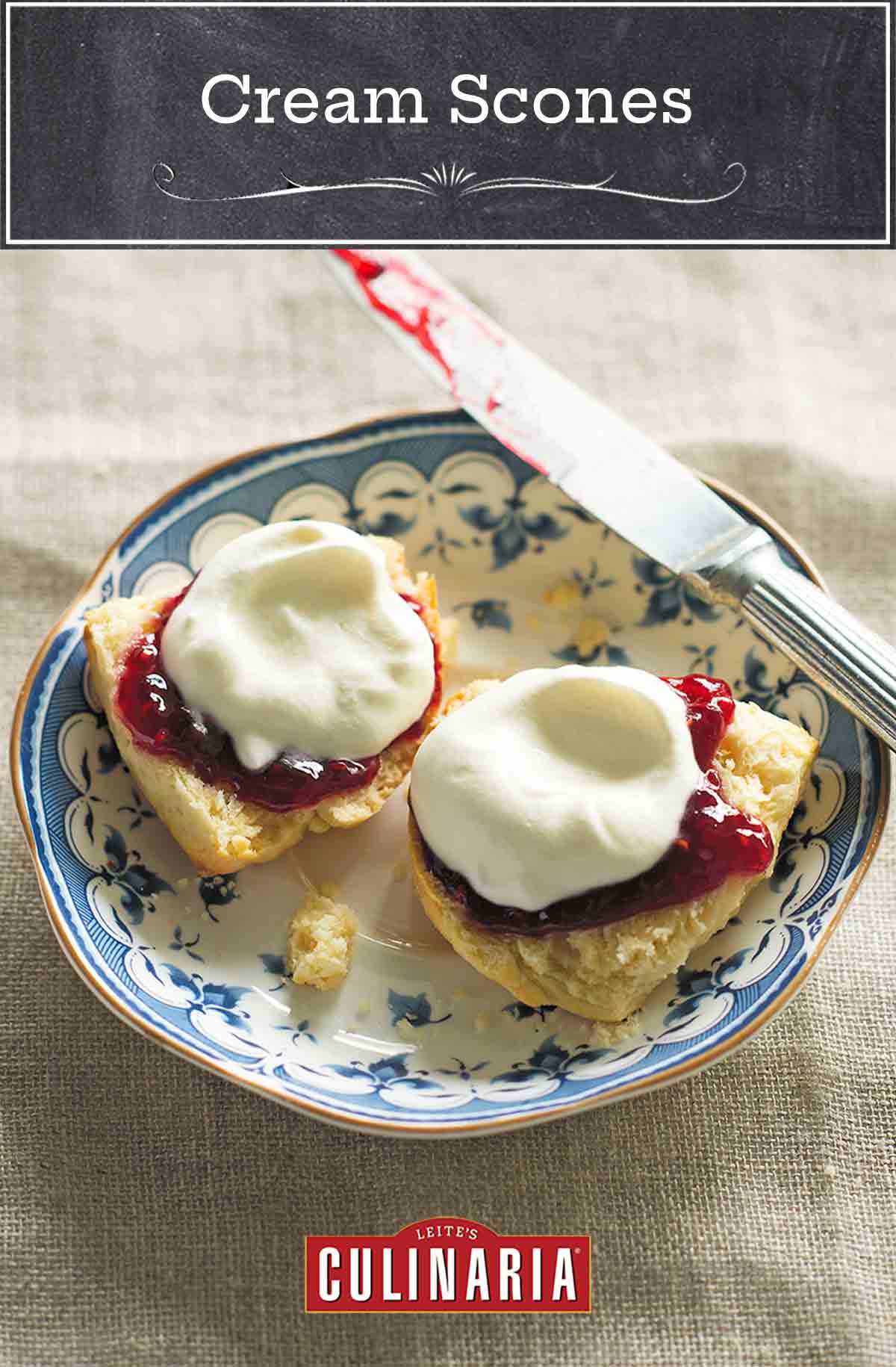


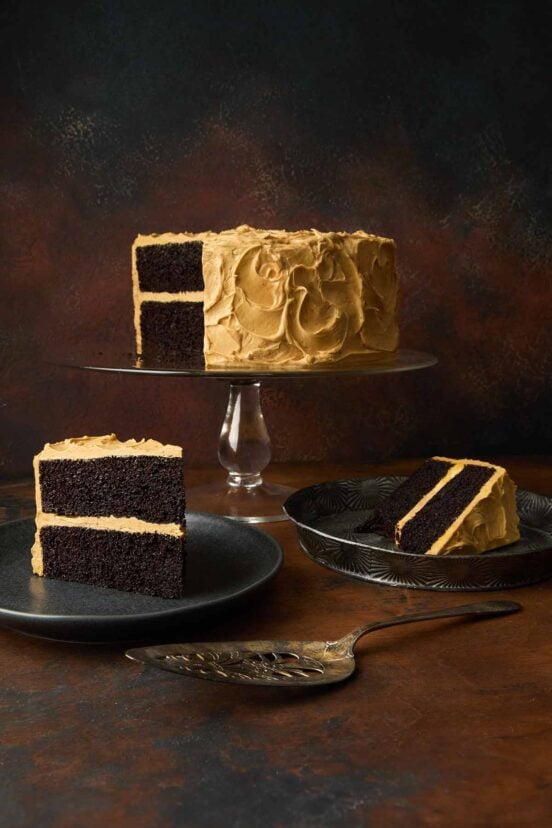
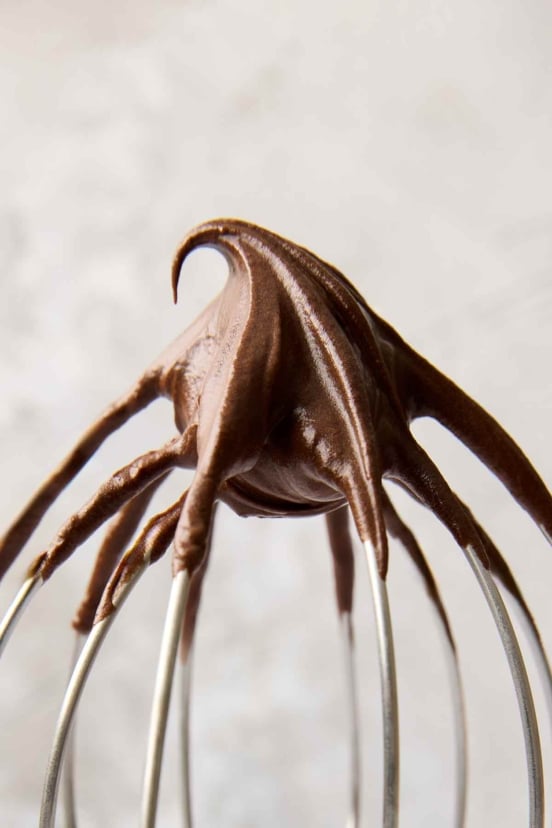
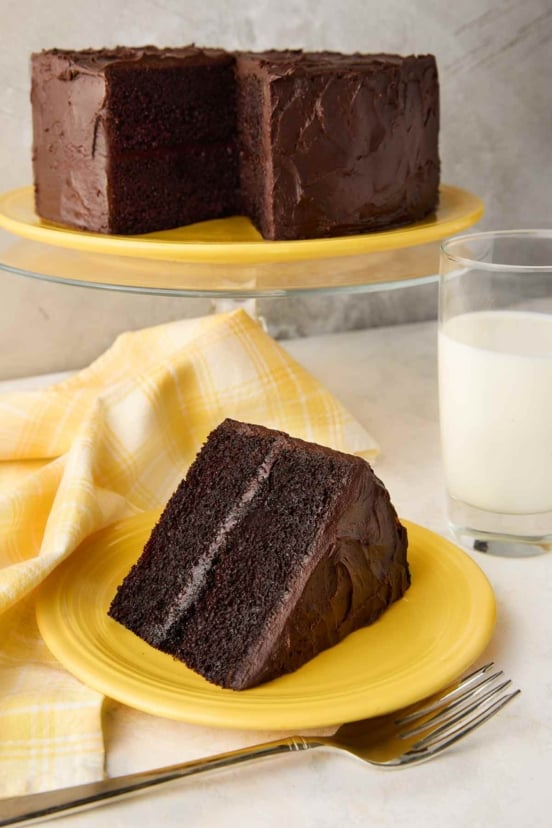









These are the best cream scones ever! I love them with a little butter or whipped cream, with or without jam.
And the recipe is SO versatile. Sometimes I add more sugar for a sweeter taste. Sometimes I use date sugar with ginger and pepitas. The cinnamon version mentioned above is great. In this iteration (pictured), I added dried hibiscus powder for color and a little tang, upping the sugar and cream a bit as well. No matter how I riff on these, they’re always a hit.
Thanks, Leah! I love all the variations and we’re thrilled this is such a winning recipe for you.
If you don’t have self-rising flour on hand, here’s an easy recipe:
1 cup unbleached all-purpose flour
1 1/2 teaspoons baking powder
1/4 teaspoon salt
Whisk all ingredients together.
(To use in this cream scone recipe, double the proportions given here.)
Thanks, Judith!